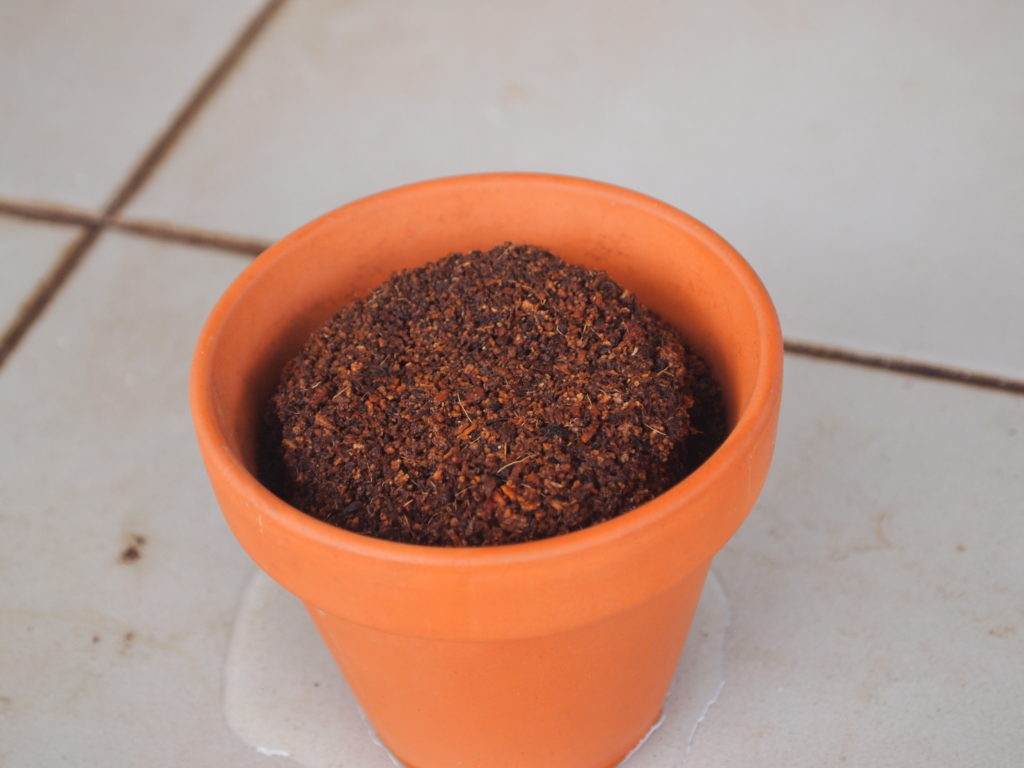Many farmers and gardeners have a set idea of what they like and don’t like to use as a growing medium. Those new to gardening or looking to make a change might wonder about using coco coir vs. soil. Both of these growing mediums have their positives and negatives. Understanding them can help you decide which is the right material for you.
Coco Coir Positives

Coco coir, made from the fibers of coconut husks, offers gardeners benefits ranging from eco-friendliness to easy of use. This is why many industrial growers have been using it for years in their greenhouses. One benefit is that it’s a suitable medium for growers of all abilities — it’s relatively easy to use compared to many other products.
Because coco coir is an airy material, it encourages a strong and healthy root system. There are plenty of areas in the coir for plant roots to grow without being compressed into a tight root ball. You can water coir beds by hand or using a drip irrigation system. Plus, coir has the benefit of retaining moisture longer than many other growing mediums. This means it won’t dry out as fast and is more forgiving if you forget to water regularly.
Coco Coir Negatives
One of the main issues some growers have with coco coir vs. soil is that it not only retains moisture but it can also wick up added nutrients. This means your plants might not be getting as many nutrients right away. If the coir is being used as a growing medium for an immersion hydroponics or aeroponics solution, simply pre-hydrating the coir with the requisite nutrients will suffice for the minor adjustments to nutrient requirements.
Soil Positives
Soil is also an easy-to-use growing medium employed by both beginners and commercial growers. Organic growers sometimes prefer basic soil, for it’s inbuilt naturally occurring nutrients and minerals. Hand-watering and irrigation systems both work well with soil. And it naturally contains microbes and nutrients that can help your plants thrive. Soil retains nutrients easily, without preventing them from getting to the plant. Soil also helps insulate the root system.
Soil Negatives
One of the biggest negatives of soil is that it can be much more cumbersome to haul and handle than other growing mediums, such as coco coir. Its weight might make it less appealing for some gardening systems, such as container gardening. Soil contains a variety of mineral and organic compounds which may or may not be optimal for performance. It is not possible to perfectly account for all nutrients or toxins in soil like in coir. Soil can also come with unwanted or competitive organisms already living in it, whereas coir is largely sterile.
Coco Coir vs. Soil
Rather than choosing between coco coir vs. soil, some growers opt to get the best of both worlds by using coco coir as a soil amendment. You can get all the benefits of using coco coir while reducing the heft of the soil you’re using.
When it comes to the battle between coco coir vs. soil, there’s no easy answer. Every gardener must find the best growing scenario for his or her individual situation. You might find that you prefer to use coco coir as a soil amendment or that coco coir is the ideal and sole choice of growing medium for your hydroponic system. The key is to find what works best for you based on each material’s pros and cons.

Leave a Reply
You must be logged in to post a comment.